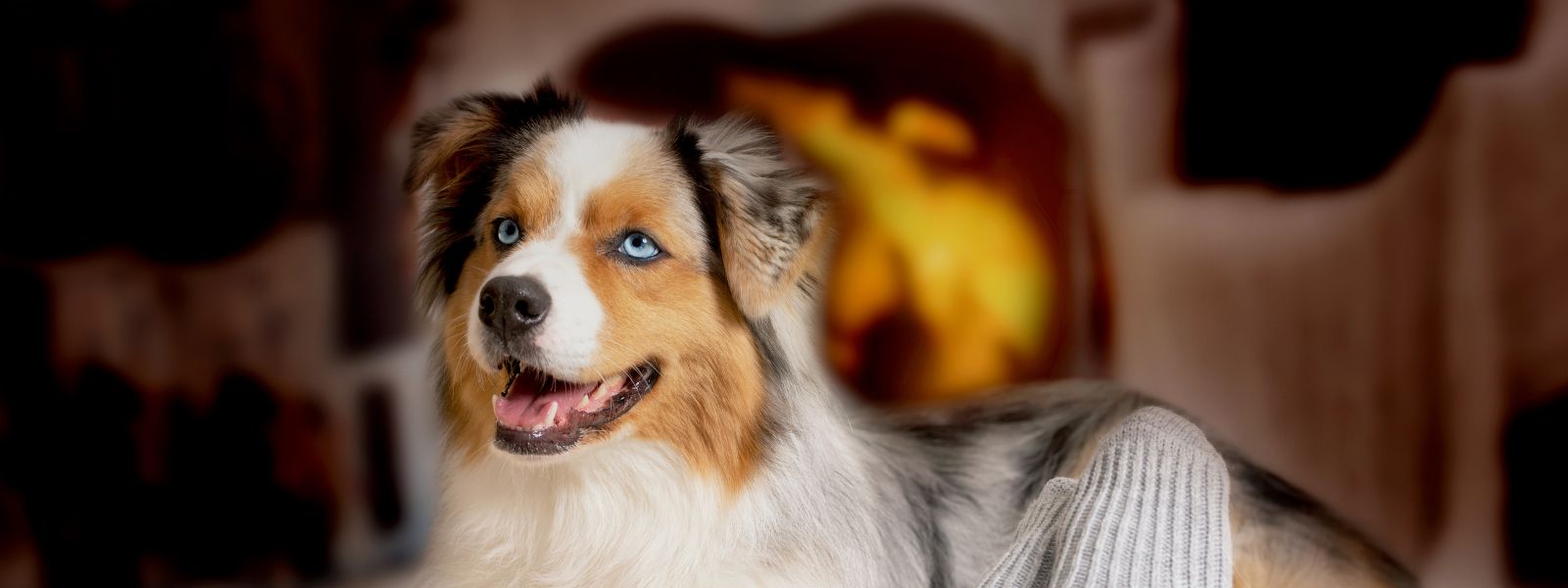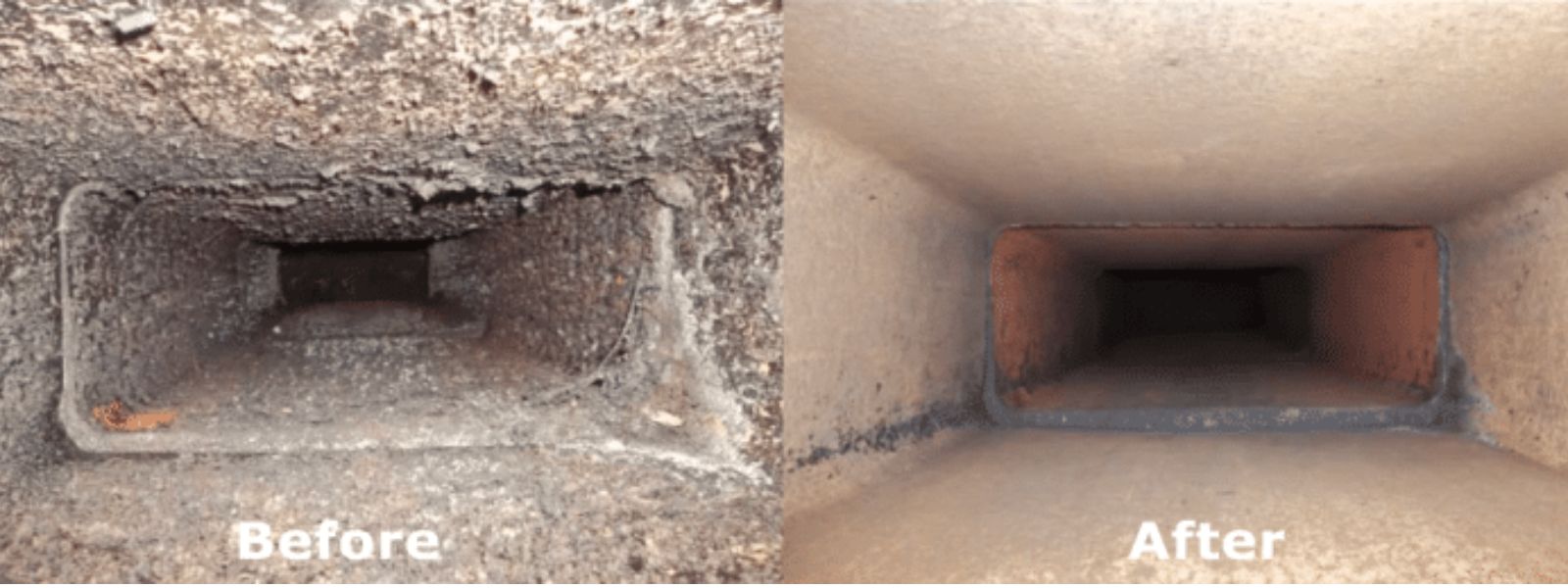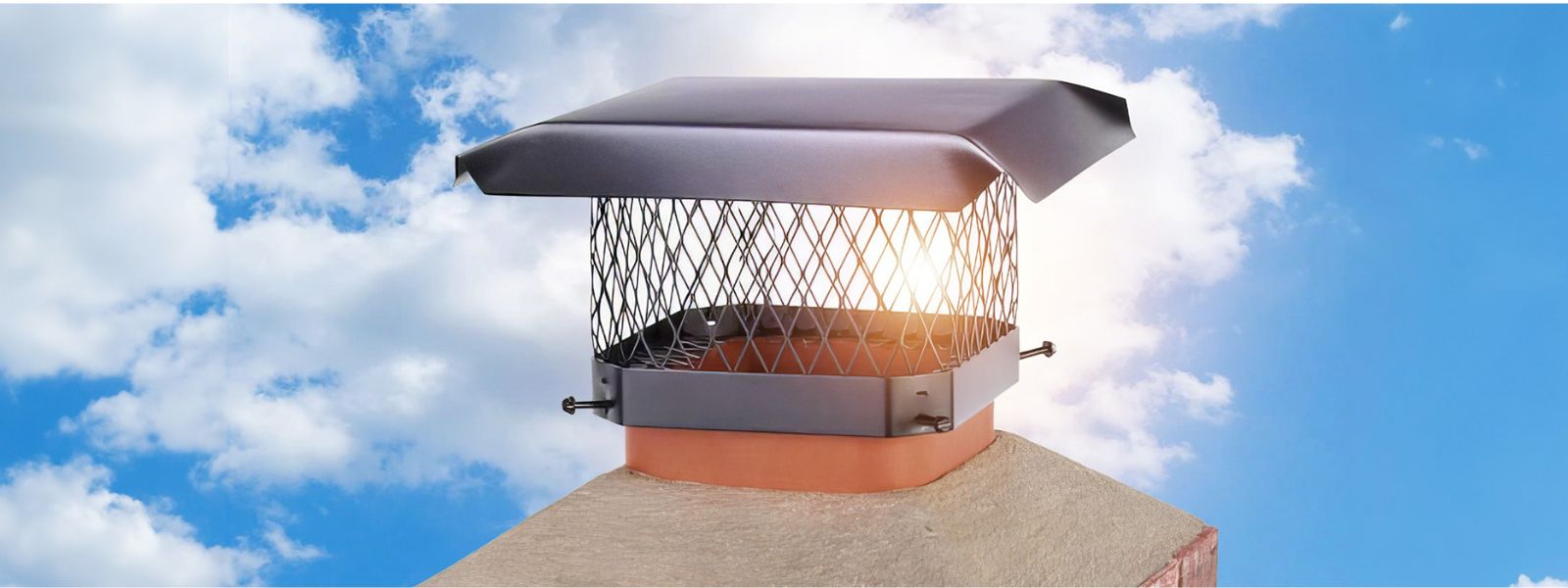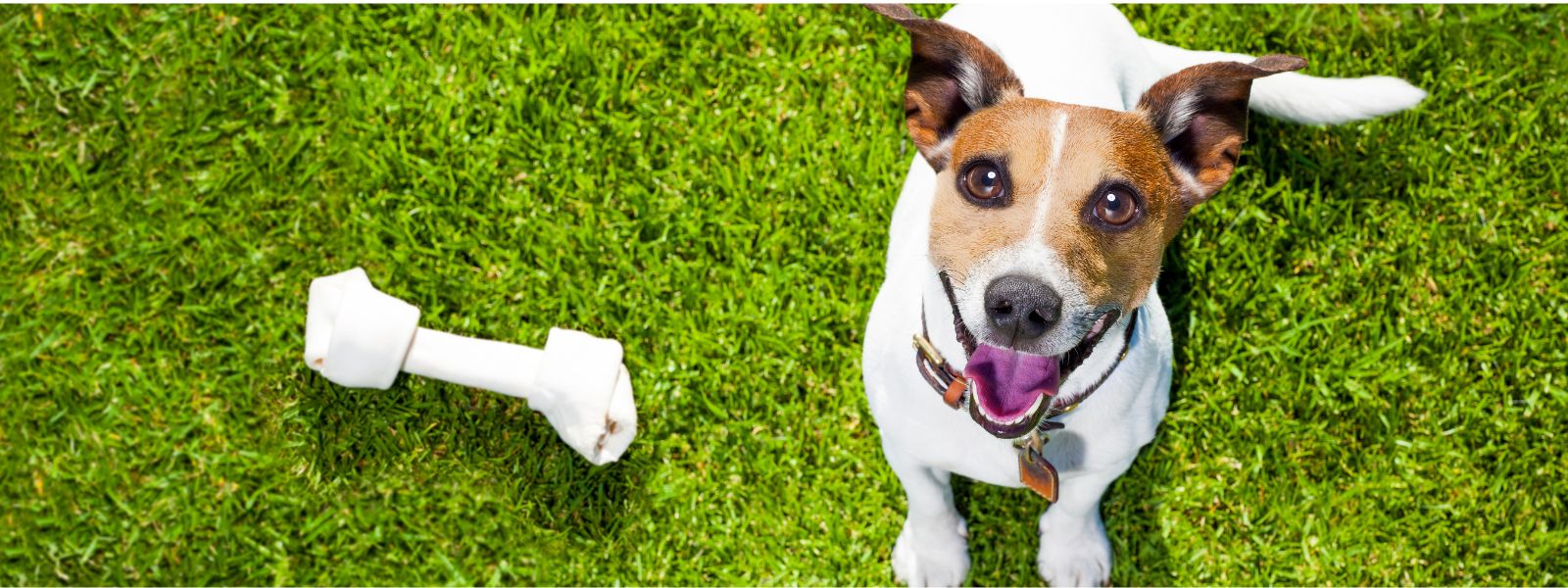Protecting Your Furry Friends: Essential Chimney Safety Tips for Pet Owners

Introduction
As a pet owner, you want to ensure the safety and well-being of your furry friends. And while a cozy fireplace can bring warmth and joy to your home, it can also pose a potential danger to your pets. That’s why it’s important to take chimney safety seriously and implement measures to protect your beloved companions.
In this article, we will provide you with essential chimney safety tips specifically tailored for pet owners. From understanding the hazards of a dirty chimney to installing protective barriers, we will cover everything you need to know to keep your four-legged friends safe.
One of the key aspects of chimney safety is regular maintenance. A clean chimney reduces the risk of fires and carbon monoxide poisoning. We’ll share tips on how to properly maintain your chimney and recommend professional chimney sweep services.
Additionally, we’ll discuss the importance of pet-proofing your fireplace area and provide simple yet effective strategies to prevent accidents. Whether you have a curious cat or an energetic dog, we have the advice you need to create a pet-friendly environment around your hearth.
Stay tuned for our expert tips on protecting your furry friends and maintaining a safe and enjoyable home for both you and your pets.
The Importance of Chimney Safety for Pet Owners
As a responsible pet owner, it’s crucial to prioritize the safety and well-being of your furry friends. While a fireplace can bring warmth and coziness to your home, it also presents potential hazards for your pets. To ensure their safety, it’s essential to take chimney safety seriously and implement preventive measures.
Chimneys can accumulate creosote, a highly flammable substance that can lead to chimney fires. These fires can spread rapidly and pose a significant risk to your home and pets. Additionally, a dirty chimney can release toxic gases, including carbon monoxide, which can be deadly to both humans and animals.
Common Hazards in Chimneys for Pets
When it comes to chimney safety, it’s crucial to understand the potential hazards that can affect your pets. One common danger is the presence of sharp objects, like nails or broken bricks, that can cause injuries to your furry friends. Furthermore, the accumulation of creosote can emit strong odors that may irritate your pet’s sensitive respiratory system.
Another hazard is the possibility of animals or birds nesting in your chimney. These creatures can block the chimney flue, leading to poor ventilation and potentially exposing your pets to harmful gases. Additionally, the sudden opening of the damper can startle or harm your pets if they are too close to the fireplace.
Chimney Maintenance Tips for Pet Owners
To ensure the safety of your pets, regular chimney maintenance is crucial. The first step is to schedule an annual chimney inspection by a certified professional. They will assess the condition of your chimney, identify any potential hazards, and recommend necessary repairs or cleaning.
Proper chimney cleaning is essential to remove creosote buildup and prevent chimney fires. While there are DIY cleaning methods available, it’s highly recommended to hire a professional chimney sweep. They have the expertise, tools, and knowledge to clean your chimney thoroughly, reducing the risk of fire and carbon monoxide poisoning.
Installing a Chimney Cap for Pet Safety
Protect your home and pets with a high-quality chimney cap from Chimcare Chimney Caps. Our carefully designed chimney caps provide a vital safeguard at the top of your chimney, blocking unwanted entry from animals, birds, and debris. They are also essential in preventing downdrafts, which can lead to smoke and dangerous gases flowing back into your home.
We recommend selecting a chimney cap with a fine mesh screen, expertly crafted to keep even the smallest animals at bay. Installation is a breeze, and our caps are built to stay firmly in place, ensuring they won’t get dislodged or damaged easily. For ongoing peace of mind, regular inspections of the chimney cap can help confirm that it remains in top condition. Should the need arise, replacements are conveniently available at Chimcare Chimney Caps.
Visit us at https://chimcarechimneycaps.com/ to explore our range of chimney caps, designed for durability and the safety of your home and pets. With Chimcare Chimney Caps, rest assured that you are investing in a blend of quality, safety, and convenience.
Pet-Friendly Alternatives to Traditional Fireplaces
If you’re concerned about the potential risks associated with a traditional fireplace, there are pet-friendly alternatives available. Electric fireplaces, for example, provide the cozy ambiance of a real fire without the dangers of sparks, soot, or creosote buildup. They also don’t emit harmful gases, making them safer for both you and your pets.
Another option is a gas fireplace, which is cleaner and more efficient than a traditional wood-burning fireplace. Gas fireplaces can be installed with safety features such as glass doors or screens, preventing pets from getting too close to the flames. However, it’s important to ensure proper ventilation and have regular maintenance performed on gas fireplace units.
Creating a Pet-Safe Area Around the Fireplace
To prevent accidents and keep your pets safe, it’s essential to create a pet-friendly area around the fireplace. Start by installing a sturdy fireplace screen or gate to keep your pets at a safe distance from the flames. Ensure that it is securely attached and cannot be easily knocked over by your curious pets.
Remove any flammable materials, such as blankets or rugs, from the immediate vicinity of the fireplace. Keep your pet’s toys or bedding away from the fireplace area to prevent them from being accidentally ignited. Additionally, secure any loose wires or cords that could be chewed on by your pets and potentially cause electrical hazards.
Educating Your Pets About Fireplace Safety
While implementing safety measures is important, it’s equally crucial to educate your pets about fireplace safety. Training them to stay away from the fireplace area and teaching them commands like “leave it” or “stay” can help prevent accidents. Rewarding them with treats or positive reinforcement when they follow your commands will reinforce these behaviors.
Consistency is key when training your pets. Make sure all family members are on the same page and enforce the rules consistently. Be patient with your pets as they learn, and never punish them for accidents or mistakes. Positive reinforcement and gentle redirection will help them understand what behavior is expected around the fireplace.
Signs of Carbon Monoxide Poisoning in Pets
Carbon monoxide (CO) is a colorless, odorless gas that can be released from a poorly maintained or malfunctioning chimney. It’s important to recognize the signs of carbon monoxide poisoning in pets, as early detection can be life-saving. Symptoms may include lethargy, difficulty breathing, confusion, vomiting, or seizures.
If you suspect your pet has been exposed to carbon monoxide, immediately remove them from the area and seek veterinary assistance. Carbon monoxide poisoning can be fatal, so it’s crucial to act quickly. Additionally, consider installing a carbon monoxide detector near your fireplace and regularly check its batteries to ensure it’s functioning properly.
Emergency Procedures for Chimney-Related Accidents Involving Pets
Despite taking all necessary precautions, accidents can still happen. It’s important to be prepared and know what to do in case of a chimney-related accident involving your pets. Have the contact information for your veterinarian and an emergency veterinary clinic readily available.
If your pet comes into contact with the fireplace or chimney and sustains injuries, assess the situation calmly. If it’s safe to do so, carefully examine your pet for any visible injuries and provide immediate first aid if necessary. Transport your pet to a veterinarian as soon as possible for further examination and treatment.
Conclusion: Keeping Your Furry Friends Safe and Warm
As a pet owner, it’s your responsibility to ensure the safety and well-being of your furry friends. By prioritizing chimney safety and implementing preventive measures, you can create a pet-friendly environment around your fireplace. Regular maintenance, installing a chimney cap, and educating your pets about fireplace safety are crucial steps to keep them safe.
Consider pet-friendly alternatives to traditional fireplaces, such as electric or gas fireplaces, to minimize the potential hazards. Create a pet-safe area around the fireplace by installing a sturdy screen or gate and removing flammable materials. By being proactive and prepared, you can enjoy the warmth and comfort of your fireplace while keeping your beloved pets safe and sound.






Your article helped me a lot, is there any more related content? Thanks!
Thank you for your sharing. I am worried that I lack creative ideas. It is your article that makes me full of hope. Thank you. But, I have a question, can you help me?
I don’t think the title of your article matches the content lol. Just kidding, mainly because I had some doubts after reading the article. binance
Can you be more specific about the content of your article? After reading it, I still have some doubts. Hope you can help me. binance konto skapande
I don’t think the title of your article matches the content lol. Just kidding, mainly because I had some doubts after reading the article.
Thank you, your article surprised me, there is such an excellent point of view. Thank you for sharing, I learned a lot. https://www.binance.com/sl/join?ref=P9L9FQKY
I don’t think the title of your article matches the content lol. Just kidding, mainly because I had some doubts after reading the article.
And the final lotto site…xsvietlot.com. I swear I’ll get lucky one day here. Fingers crossed. Anyone else chasing the dream here?: xsvietlot
Just checked out 234vipentrar. Quick loading times, decent variety of games. Nothing that blew me away, but solid, reliable, and fun. Def recommend giving 234vipentrar a try.
Signed up on 982betlogin after a friend recommended it. The login process was straightforward, and the site looks promising. Wish me luck! Login here 982betlogin
Heard some whispers about Roobetapk. Need to see the hype. Hope it lives up to my expectations. Reviewing all angles. Check it out for yourselves: roobetapk